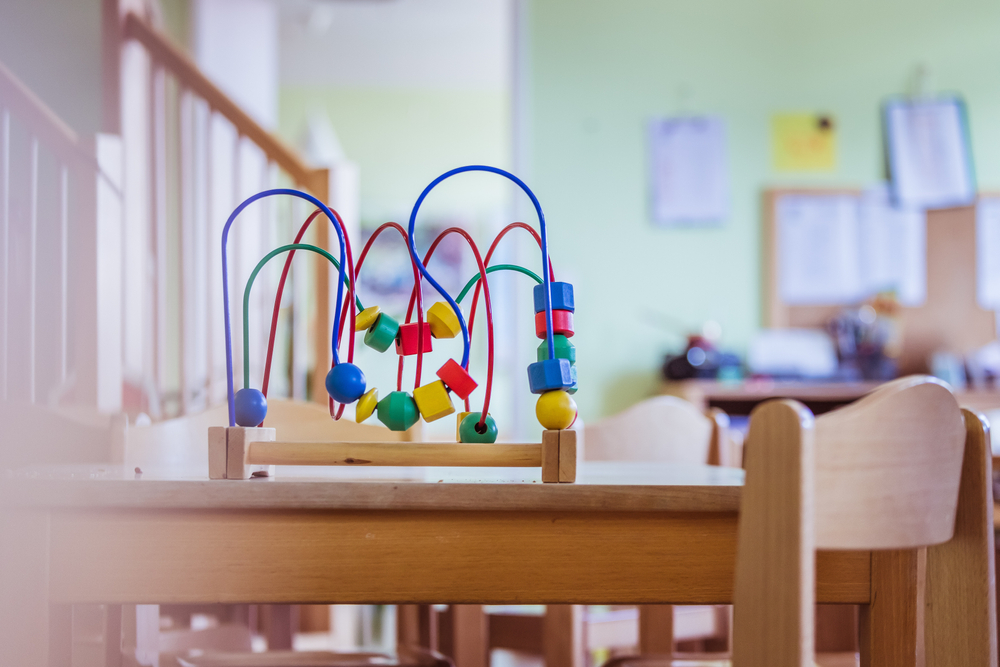Understanding arithmetic sequences Worksheets for Kids
1 filtered results
-
From - To
Question/Answer
How does the mastery of the Understanding arithmetic sequences skill affect a student's performance at an early age?
Mastery of the Understanding arithmetic sequences skill at an early age significantly enhances a student's mathematical foundation, improving their ability to recognize patterns, predict outcomes, and solve problems efficiently. This foundational skill fosters a deeper comprehension of mathematical concepts, contributing to overall academic success, better problem-solving skills, and increased confidence in handling more complex mathematical tasks.
What are some effective activities to train students’ Understanding arithmetic sequences skill when teaching them about Adding up to 1000 Misc?
Effective activities include: 1. Number patterns puzzles where students identify and continue arithmetic sequences. 2. Using manipulatives like blocks or beads to physically represent sequences. 3. Creating story problems that involve arithmetic sequences, making real-world connections. 4. Interactive games that involve finding missing terms in sequences. 5. Group activities where students collaboratively build sequences, enhancing peer learning.
Why is the Understanding arithmetic sequences skill important for Grade 2 students?
Understanding arithmetic sequences in Grade 2 lays a foundational skill for recognizing patterns in numbers, which is crucial for developing strong arithmetic skills, including addition and subtraction. It helps students predict subsequent numbers in sequences, enhancing their problem-solving abilities and preparing them for more complex mathematical concepts. This understanding fosters logical thinking and supports early success in mathematics.












